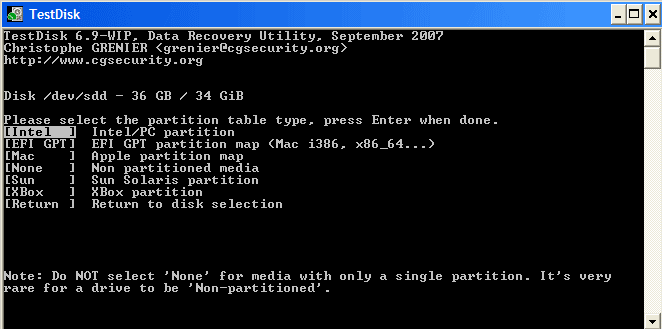
If you want to start up again from the disk you erased, select Reinstall macOS in the utilities window, then click Continue and follow the onscreen instructions to reinstall macOS.Quit Disk Utility to return to the utilities window.Open Computer and right-click on the flash drive. Select Policies and pick the option for best performance. Find the USB device and double-click to open its properties. To do this, use the Disk Utility application and. After the erase is done, select any other internal volumes in the sidebar, then click the delete volume (–) button in the toolbar to delete that volume.ĭuring this step, disregard any internal volume named Macintosh HD or Macintosh HD - Data, as well as any volumes in the External and Disk Images sections of the sidebar. Start with a clean USB flash drive and install it in your computer’s USB port. You can set up G-DRIVE mobile USB for use on both Windows and Mac system by formatting the drive as FAT32.Note: When you purchase something after clicking links in. If you don't see this button, click Erase instead. In summary, for USB drives, you should use exFAT if you’re in a Windows and Mac environment, and NTFS if you’re only using Windows.
#What should i format my usb drive for use on mac mac os#

If asked, select a user you know the password for, then enter their administrator password.Start up from macOS Recovery: Turn on your Mac, then immediately press and hold these two keys until you see an Apple logo or other image: Command (⌘) and R.


 0 kommentar(er)
0 kommentar(er)
